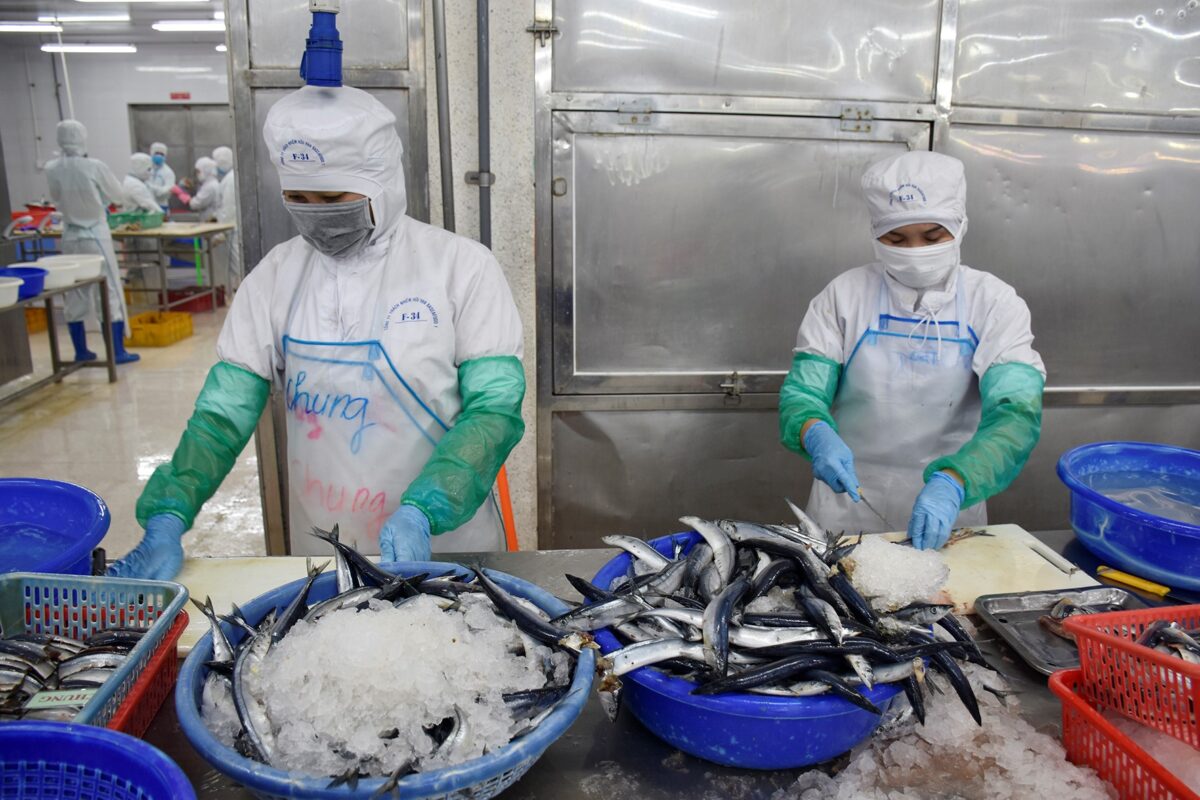The year-end festive season is expected to be a stimulus to boost Việt Nam’s exports of aquatic products, despite various challenges, according to experts.
The Việt Nam Association of Seafood Exporters and Producers (VASEP) reported that as of the end of September, seafood exports were estimated at US$7.7 billion, mostly shrimps and tra fish.
VASEP’s Deputy General Secretary Nguyễn Hoài Nam said that in the remaining months of the year, they are expected to increase strongly in line with rising demand.
However, he said that the fisheries industry is also facing many challenges, including a lack of raw materials for shrimp processing, and competition from Ecuador, which has a strong shrimp industry.
There is also fierce competition coming from China, which is providing 60 per cent of the total aquatic products to the world.
Experts held that along with objective difficulties, Việt Nam’s fisheries sector is also facing internal barriers. To date, regulations on tuna size for exploitation have not been resolved, making it difficult for exporters to buy enough materials for processing and exporting.
The Ministry of Agriculture and Rural Development has set a target of $10 billion in seafood exports for this year.
The VASEP representative maintains that the sector still enjoys many advantages. Many exporters have managed to grasp opportunities from emerging markets such as South America and the Middle East to balance market demand, while promoting the domestic market.
Highlighting the great potential of the domestic market, VASEP chair Nguyễn Thị Thu Sắc said that in order to balance supply and demand and reduce dependence on export markets, seafood enterprises need to focus on developing the domestic market, bringing products for export to Vietnamese consumers.
HR director of Minh Phú Hậu Giang Seafood Corp, Vũ Văn Đức, said the fact that businesses have still received contracts is a good sign.
“To promote sales of Minh Phú shrimp products, together with increasing shrimp quality, we have applied a strategy of reducing prices according to the allowed profit margin,” he said. “This enables us to compete with foreign shrimp products and promote sales in the domestic market in retail channels such as supermarkets at the same time.”
Experts advised businesses to stay vigilant even amid high market demand, while proactively improving their competitiveness, making the most of their advantages and increasing the production and export of high value-added products. — VNS

